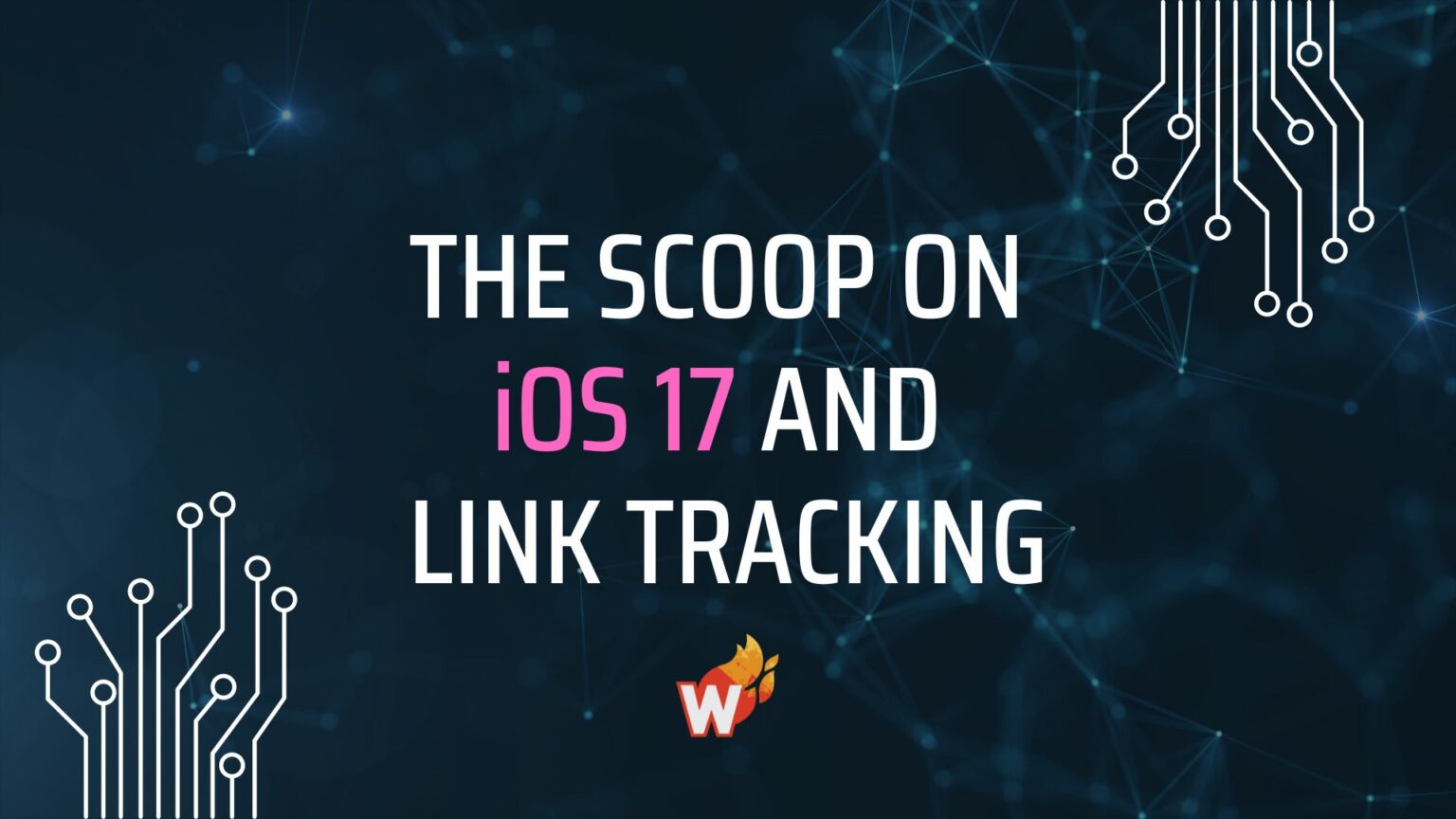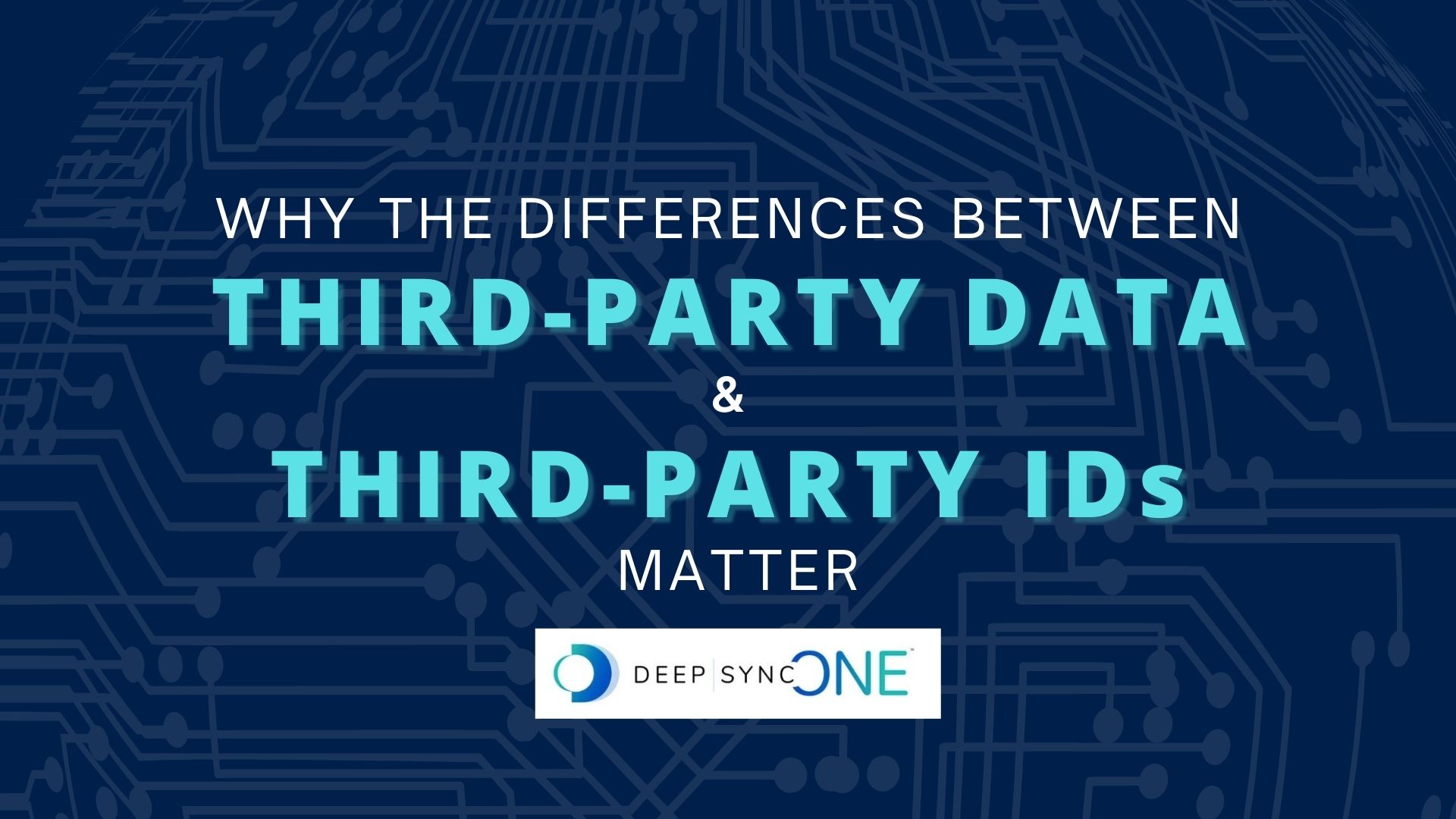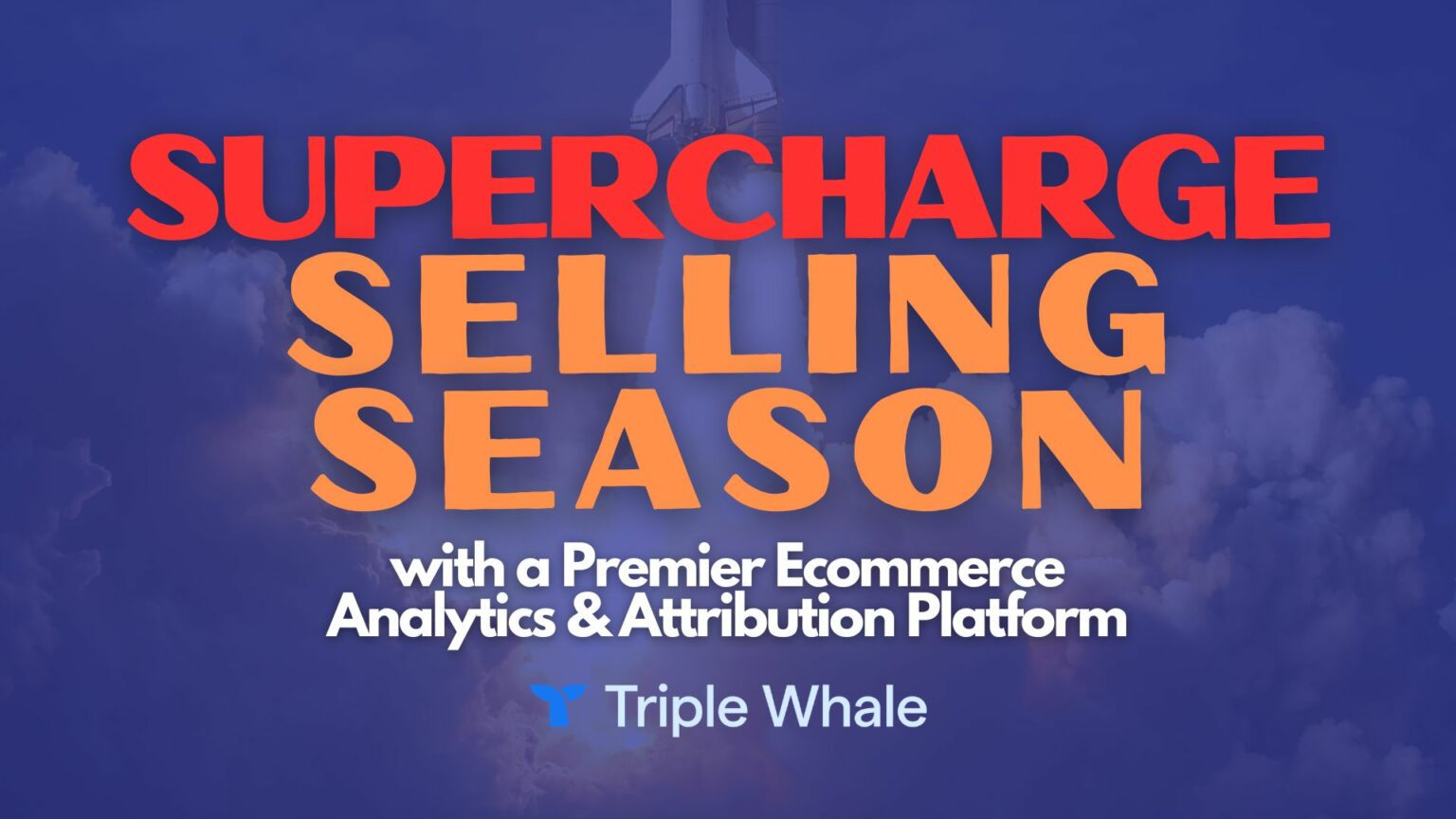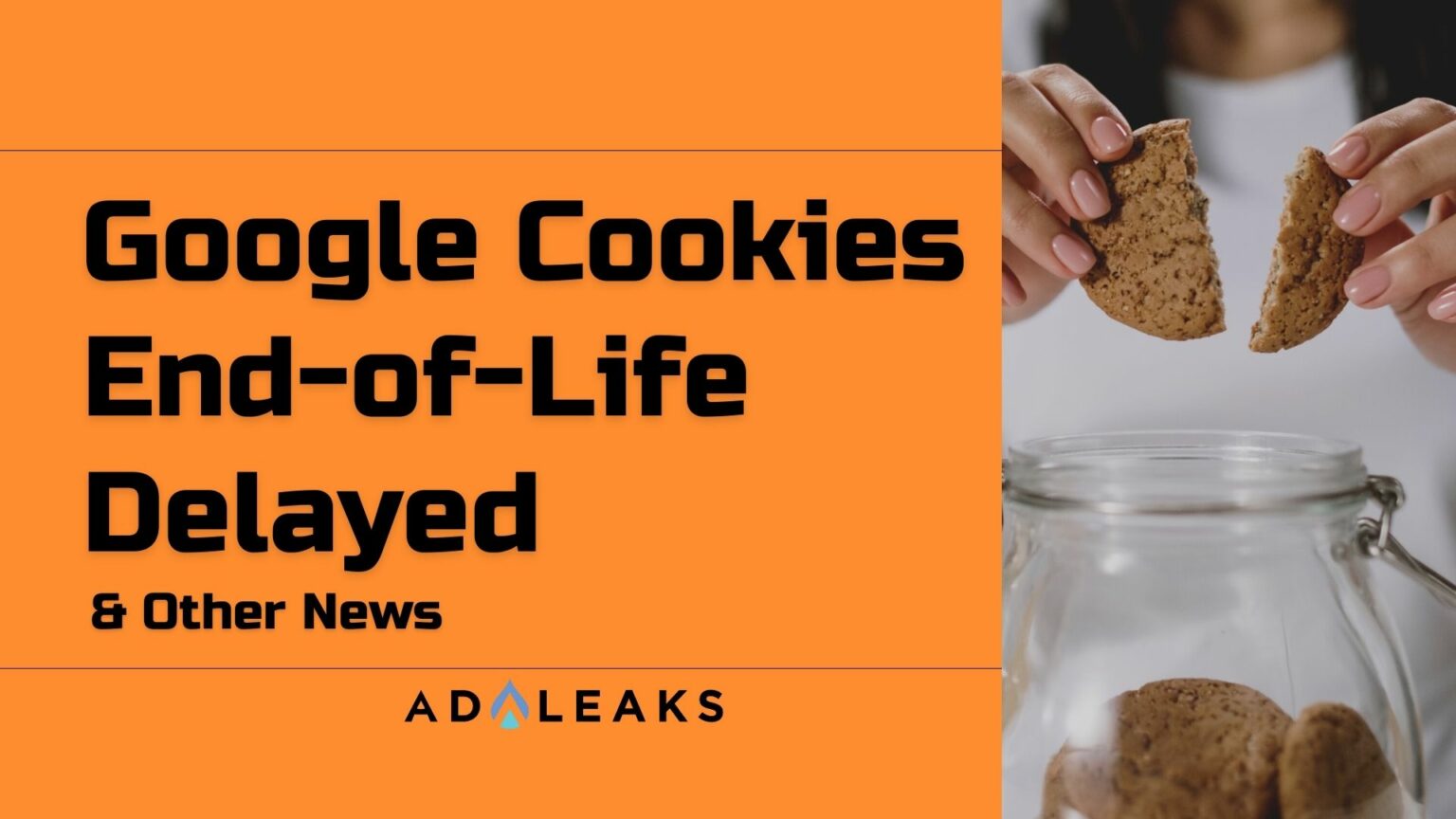
Why The Differences Between Third-Party Data & Third-Party IDs Matter


Much has been made of the death of third-party IDs. While we're still waiting for the final curtain, we do know that relying on anonymous, web-based identifiers is an unsustainable approach for digital marketing — specifically for ad buying.
The pressure from regulators and the need to create transparency for the consumer are contributing to these challenges. And, that pressure is growing. In fact, 2023 represents a “profound shift” as more states begin to enforce GDPR-inspired statutes that effectively give individuals control of their personal information online.
In the near future, a lot of advertising-focused data providers will continue to struggle for visibility and scale. And in the long term, audience solutions built using opaque data-sourcing techniques will fade away.
B2B campaigns can be particularly difficult to target on Facebook and other platforms in the wake of Apple’s privacy updates. To remain relevant to ad buyers, data providers will need to display a clear relationship with the consumer that can scale effectively and integrate seamlessly into existing systems.
Using Third-Party Data Without Third-Party IDs
It IS possible for third-party data to thrive in a world where third-party IDs are removed. But how?
Today, third-party data must be collected in a way that provides clear notice and consent to consumers. But, when marketers, agencies, or small businesses source their data from outside of a given social media platform, the data can be distributed to that platform — without issue — in the same way that advertisers upload Custom Audiences.
This is the missing piece for advertisers who still need a blend of audience-first campaigns and algorithmically-driven direct response activity to find specific audiences, scale spend effectively, and generate next-level returns.
Today, Deep Sync One offers an unprecedented amount of privacy-first third-party audience data for ad buyers. Users can access 200,000+ audience segments for highly targeted Facebook campaigns, including building unique custom audiences. And, Deep Sync One’s brand network connects offline and online marketing to enable 1:1 communications with your target audience.
Access the future of third-party data targeting with Deep Sync One - click here to learn more!





